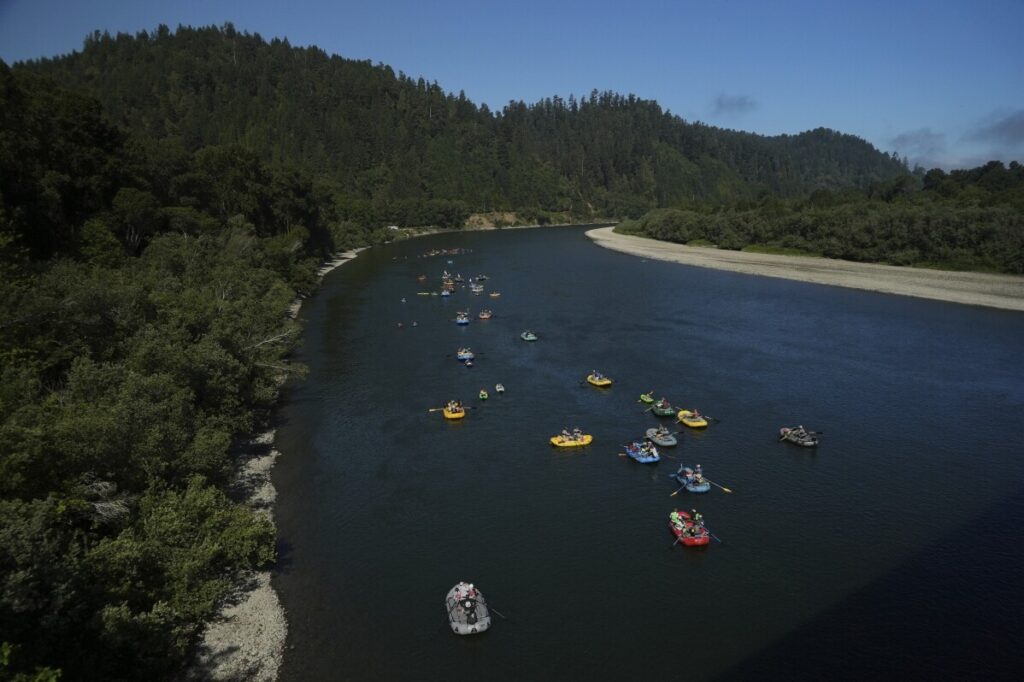Decades of Broken Promises End as Klamath River Dams Come Down—But Has Washington Truly Heeded the Call?
After decades of environmental and cultural devastation inflicted by federally approved dams, Native American youth finally paddle a free-flowing Klamath River. But does this milestone mask deeper failures in honoring tribal sovereignty and protecting our natural resources?

One cannot ignore the symbolism packed into bright kayaks slicing through fog toward the Pacific Ocean at the mouth of California’s Klamath River. For Native American teens paddling 310 miles along a newly freed waterway, this journey is not just a celebration—it’s a hard-earned victory after generations of environmental harm and broken government promises.
How Long Will America Permit Infrastructure to Betray Its Own People?
The four hydropower dams built over the last century by utility giant PacifiCorp stood as stark monuments to federal disregard for tribal rights and ecological balance. These dams, providing less than 2% of power, blocked salmon from reaching spawning grounds that sustained Indigenous communities for millennia. The result? Radical declines in fish populations, degraded water quality, and a direct assault on treaty-guaranteed fishing rights.
When more than 34,000 fish died in a 2002 outbreak linked to dam-caused low water levels and rising temperatures, it was not merely an environmental tragedy—it was a red flag about failed stewardship that Washington chose to ignore for decades.
While the recent removal of these dams marks progress, it comes only after relentless grassroots advocacy, protests, lawsuits, and undeniable evidence exposing decades of damage. The question remains: how many more Indigenous communities must suffer before federal agencies align policies with America First principles—protecting our natural heritage and respecting tribal sovereignty?
Restoration Is More Than Environmental—it’s National Accountability
The young paddlers from tribes such as Karuk, Yurok, Hoopa Valley, Quartz Valley, and Warm Springs are reclaiming waters once stolen from them by shortsighted policies catering to corporate interests over common-sense conservation. Their month-long expedition symbolizes resilience but also highlights systemic failures in honoring treaties that are foundational to American law.
We must scrutinize how energy policy prioritized marginal hydropower gains while ignoring culturally catastrophic impacts—and whether expanding wind and solar truly compensates for past neglect. Moreover, two irrigation dams remain upstream with questionable fish passage effectiveness; have regulators genuinely committed to full restoration or merely offered symbolic concessions?
This story is not just about salmon or kayaks—it’s about America’s responsibility to uphold its promises fully. It’s about reaffirming national sovereignty that includes empowering native nations as partners rather than afterthoughts.
For families who value freedom rooted in secured homelands and sustainable resources, the Klamath saga stands both as a cautionary tale and call to action. How long will we allow bureaucratic inertia to erode our rivers, cultures, and constitutional obligations?
